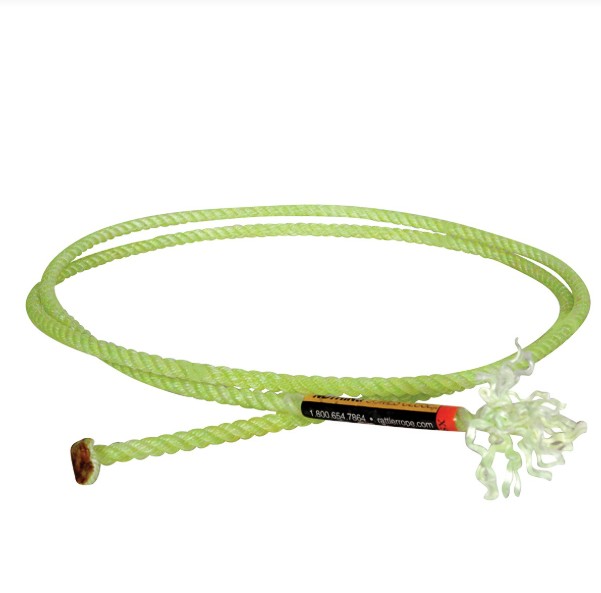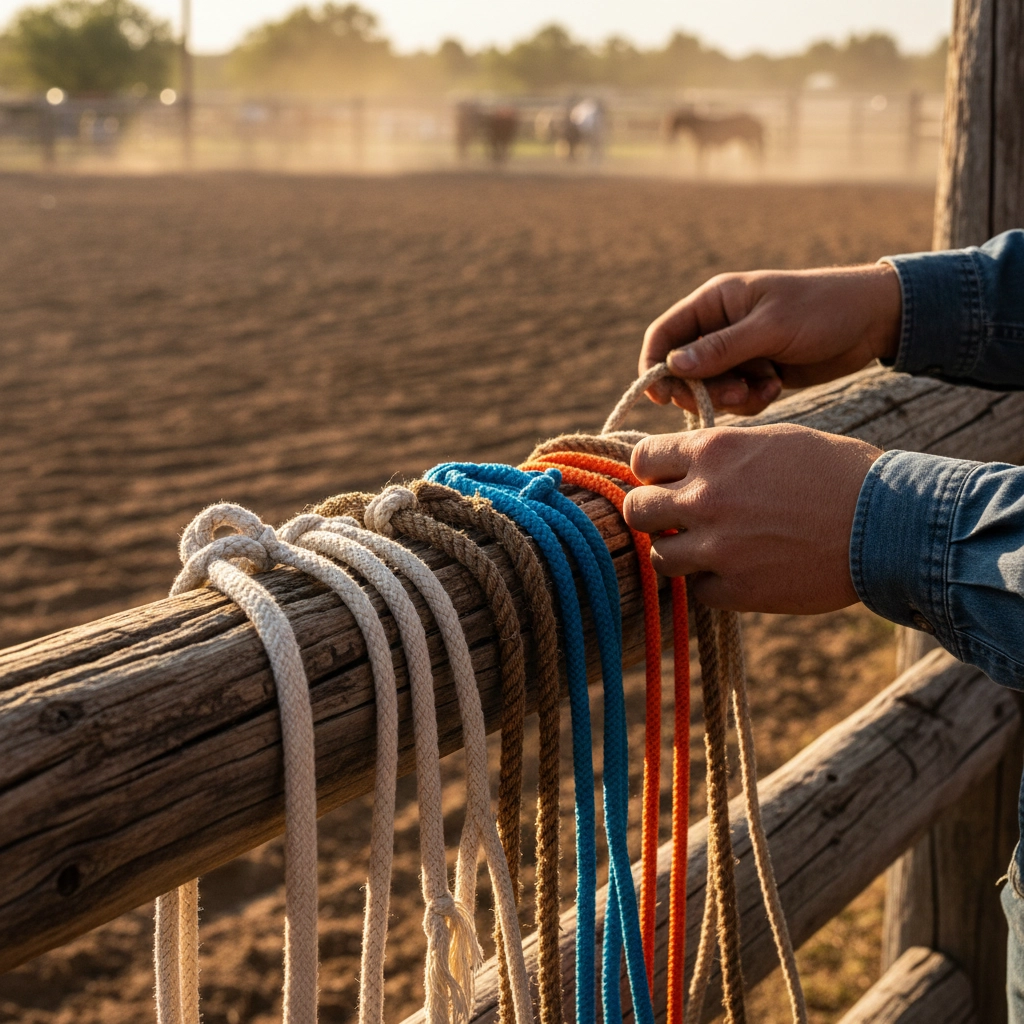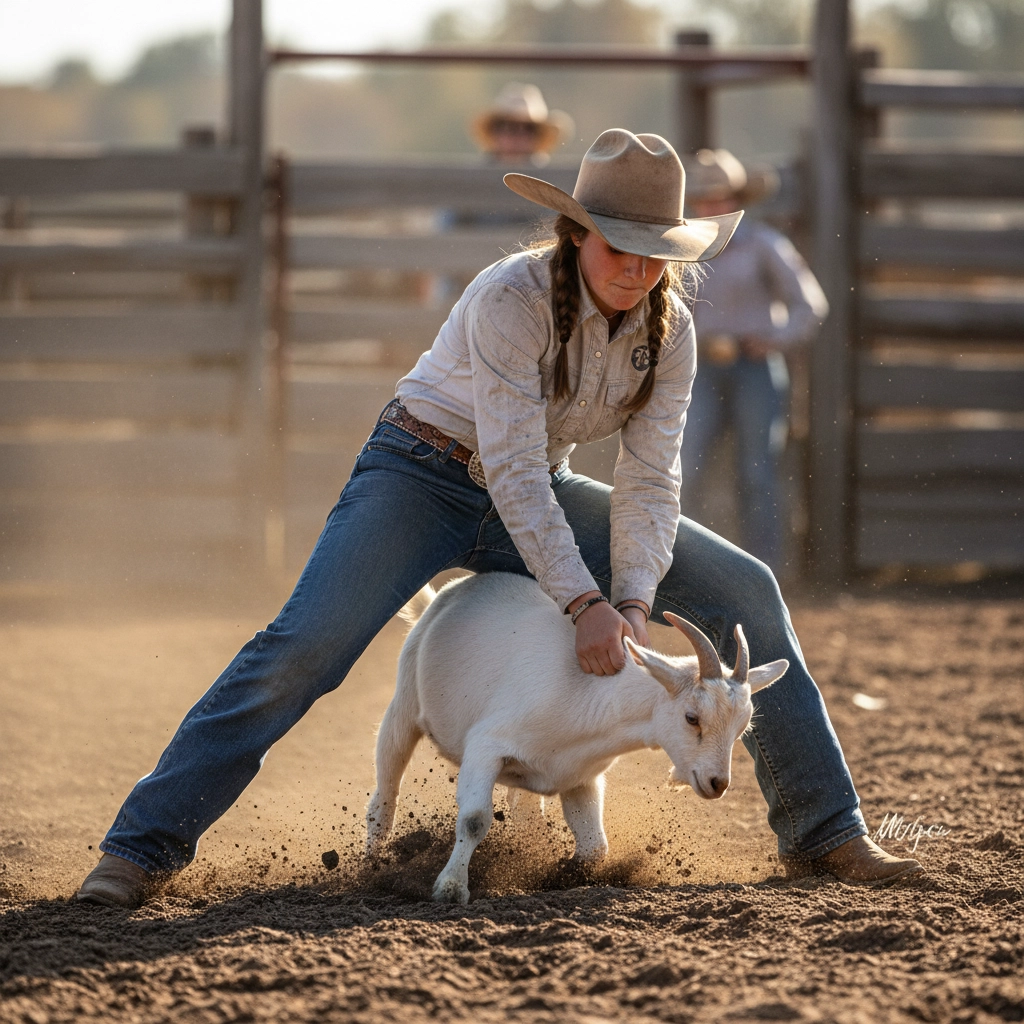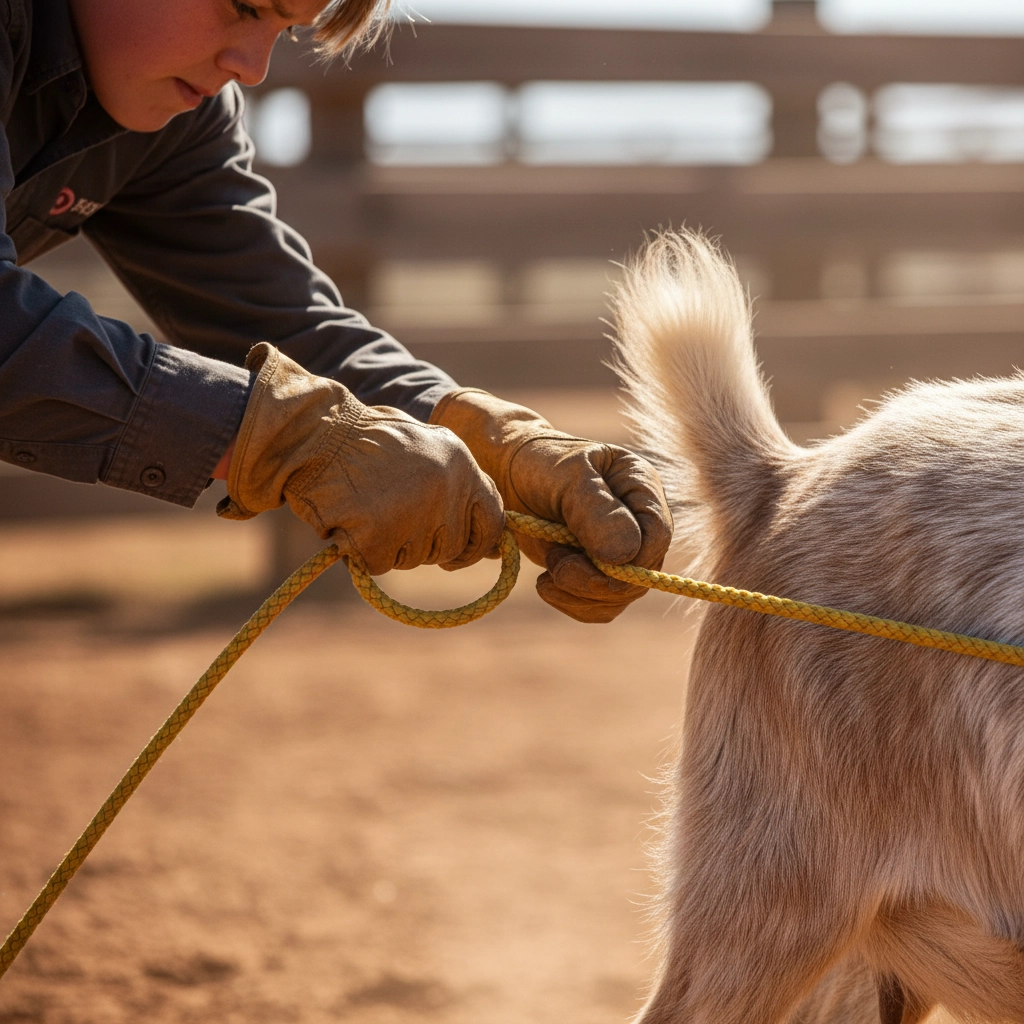
Are You Making These Common Youth Rodeo Mistakes? What Every Goat Tying Parent Should Know
Getting your kid started in goat tying can feel overwhelming. Between figuring out the right equipment, understanding proper techniques, and navigating the youth rodeo scene, there's a lot that can go wrong. As parents, we want to set our kids up for success – but sometimes our good intentions lead to costly mistakes that actually hold them back.
If you're feeling lost in the world of youth rodeo, you're not alone. Let's dive into the most common mistakes parents make when getting their kids into goat tying, so you can avoid the pitfalls and help your young rider thrive.
The Equipment Trap: Spending Big Before You're Sure
Here's the mistake almost every rodeo parent makes at least once: going all-out on expensive gear before knowing if your child will stick with the sport. It's tempting to buy the best of everything right away, especially when you see other kids with fancy equipment. But here's the reality – you can easily drop $500 to $1,000 on protective gear and specialized equipment, only to discover six months later that rodeo isn't your kid's thing.
The rodeo community is incredibly generous about sharing equipment with newcomers. Most families are happy to lend gear until kids decide if this is their passion. Start small, borrow what you can, and invest gradually as your child's commitment grows.
That said, when you do invest in equipment, quality matters. Take something as simple as a goat tying rope – the difference between a cheap rope and a well-made one can dramatically impact your child's performance and confidence.

The String Selection Struggle
Not all goat tying strings are created equal, and choosing the wrong one for your child's skill level can set them up for frustration. For most young girls just starting out, a softer, two-strand string is the way to go. Soft strings are much better at closing up and keeping those goat legs held together during the tie.
Stiff strings might look more "professional," but they're actually harder to work with and can lead to bad habits forming early on. Your child will have plenty of time to graduate to stiffer strings as their technique improves.
For boys using goat piggin strings, there's a little trick most parents don't know about: you need to "break down" the eye when you first get a new string. Pull that loop down small and work the string fibers slightly with your hand – this helps the string close down on the front leg more easily.

Technique Training Gone Wrong
This is where things get technical, and it's easy for parents to miss the nuances. One of the biggest mistakes is pushing kids toward the wrong flanking technique for their size and development level.
There are two main approaches: stuffing and pinning. Stuffing involves catching the goat while it's still airborne, but this actually takes more time and requires the rider to collect the goat from way up high. Most successful competitors prefer pinning, where they collect the goat's legs once it hits the ground – it's simply faster.
For smaller riders who can't effectively catch their flank in the air, the focus should be on positioning. The back legs need to hit them in the right shoulder during the flank, then they lay the goat down in a straight line with the rope. This positioning is absolutely crucial for a successful tie.
The Body Movement Mistake
Watch a struggling young rider, and you'll often see them moving their whole body while trying to tie. This kills their speed every single time. The key is maintaining a stable stance throughout the entire tying process. Keep that head low while tying – it helps achieve better positioning near the bones of the goat's legs.
Getting the Leg Order Wrong
Here's a technical detail that makes a huge difference: when gathering those back legs, always grab the bottom back leg first. If you grab the bottom one, the top leg naturally comes with it. The back legs must cross the front leg between the goat's ankle and knee, with the top back leg positioned in front of the bottom back leg.
The Age and Development Disconnect
Parents sometimes get caught up in the competitive aspect and push their children into advanced techniques before they're physically or mentally ready. A larger, more developed rider can handle advanced techniques like catching their flank and gathering legs while the goat's airborne. But a smaller rider needs a completely different approach focused on proper positioning and ground-based techniques.
Remember, rodeo offers plenty of beginner-friendly options. Goat tail untying, where kids simply run to pull ribbons off goat tails, is perfect for building confidence. Peewee divisions (ages 3-7) provide that low-pressure environment where kids can learn basics without the intensity of higher-level competition.

The Tying Technique Traps
Even when kids get the flanking right, there are still plenty of ways to mess up the actual tying. One of the most common mistakes is poor knot positioning. That knot absolutely must be near the bottom of the legs – if it's too high up, it'll loosen the moment that goat starts struggling.
When finishing the tie, the knot should be on the bottom with hands parallel to the ground. Here's something most parents don't realize: pulling the string tight with one hand higher than the other actually loosens the tie instead of tightening it. It's counterintuitive, but it's true.
The Focus Problem
During the wrapping process, movements should be small and close to the goat's legs. Kids should keep their eyes focused on the pinky of their left hand – this precise focus and controlled movement are essential for achieving a secure, fast tie.
Strategy and Practice Mistakes
Success in goat tying comes down to three main things: precision, speed, and strategy. Many parents focus only on speed, thinking that's what matters most. But rushing without precision leads to loose ties and disqualifications. And without strategy, kids never learn to read their goats and adapt their approach.
The tying action needs to be practiced until it becomes pure reflex. When movements become streamlined and coordinated, that's when you see real improvement in both speed and reliability. Sudden, unplanned moves will slow performance every time.

The Celebration Catastrophe
Here's one that breaks parents' hearts: watching their child nail a perfect run, throw their hands up in celebration, and walk away... only to have the goat get loose before the required six seconds are up. The run isn't over until that goat stays tied for the full six seconds. Kids need to learn patience and wait for the flag before celebrating.
Missing the Mental Game
Rodeo is as much mental as it is physical, especially for young competitors. Kids who get overwhelmed by pressure or frustrated by mistakes need different support than those who thrive on competition. Some children need more encouragement to take risks, while others need help staying calm under pressure.
Don't underestimate the importance of building confidence through smaller successes. A child who masters the basics and feels good about their progress is much more likely to stick with the sport than one who's constantly struggling with techniques beyond their current ability.
Setting Your Young Rider Up for Success
The key to avoiding these common mistakes is patience – with your child, with the learning process, and with yourself as you navigate this world. Focus on proper fundamentals from the start, invest in quality equipment gradually, and remember that every successful rodeo competitor started exactly where your child is now.
Goat tying is an incredible sport that builds confidence, teaches responsibility, and creates lifelong friendships. By avoiding these common pitfalls, you're giving your young rider the best possible foundation for success – and maybe even a lifelong passion for rodeo.
Remember, the goal isn't to create a champion overnight. It's to nurture a love for the sport while building skills systematically and safely. Take it one day at a time, celebrate small victories, and enjoy watching your child grow in confidence and ability.
